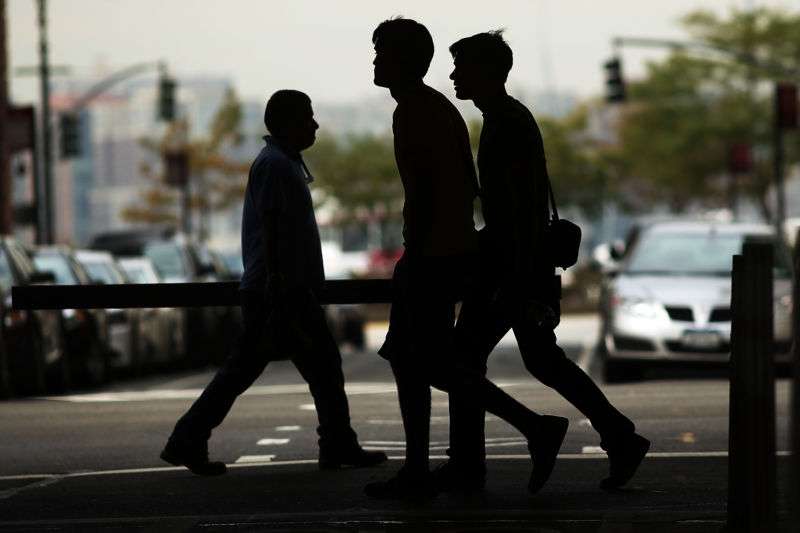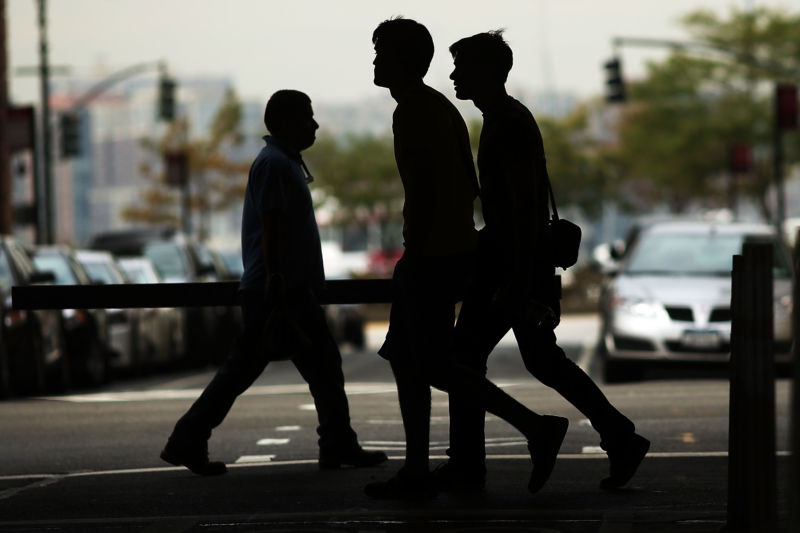
This tech could mean your phone stops you from getting killed by a car

Enlarge (credit: Spencer Platt/Getty Images)
Progress isn’t always positive. Although the occupants of modern cars are undeniably safer in a crash than they would be in models just a few years old, that’s not true for people using Shank’s pony. Overall, fewer people died on America’s roads in 2018 (the last year for which full data is available) than the year before—some 36,600 in total. But concealed within that figure is a big rise in the number of pedestrians who were killed by drivers—6,283 in all, an increase of 3.4 percent on 2017.
Obviously there’s no single cause to which we can point. More than three-quarters of pedestrians were killed after dark, and a similar percentage were killed while crossing a road, but Americans’ antisocial love for big SUVs needs reckoning with, too. Obviously this is a problem we need to solve. Some US cities have adopted the Vision Zero project, although few have come anywhere near the success of the Norwegians when it comes to shrinking that body count. We could implement far stricter driver training and significantly beef up traffic law enforcement, but only the most naive optimists think there’s any actual possibility of that happening any time soon.
Pedestrian detection is increasingly a component of the advanced driver assistance systems that are fitted to some new cars, but independent testing suggests you probably don’t want to rely on these to save your life. Meanwhile, some are hoping that another technology can save us through deployment of what’s known as Vehicle-to-Pedestrian (V2P). V2P is related to the Vehicle-to-Vehicle communication protocol, a protocol that after 20 years has yet to be deployed and is now the subject of a bitter fight among regulators and interest groups over its allocated 5.9GHz bandwidth. But not all Vehicle-to-whatever communication needs to use dedicated short-range communications (DSRC); in the past we’ve reported on a compatible cellular approach, called C-V2X.
Read 4 remaining paragraphs | Comments




